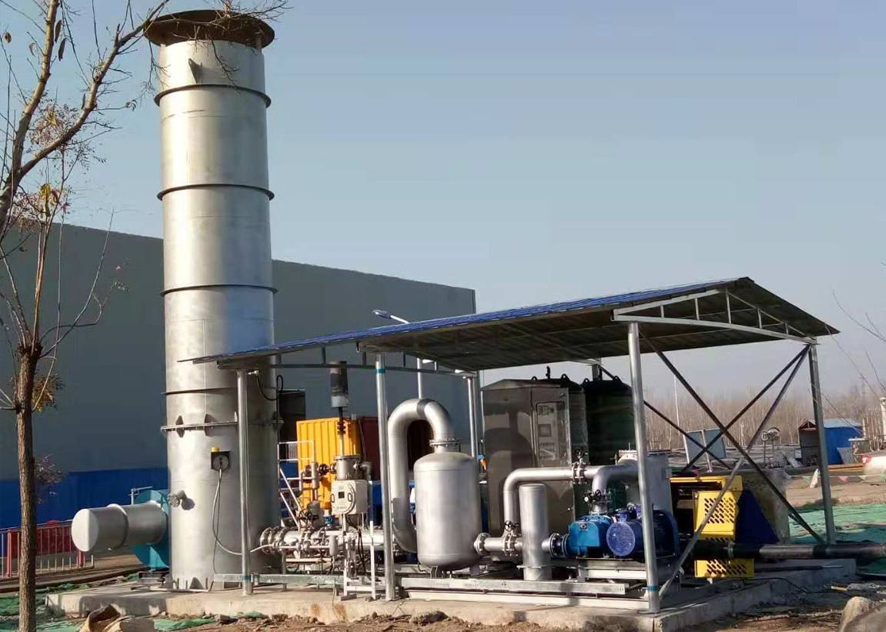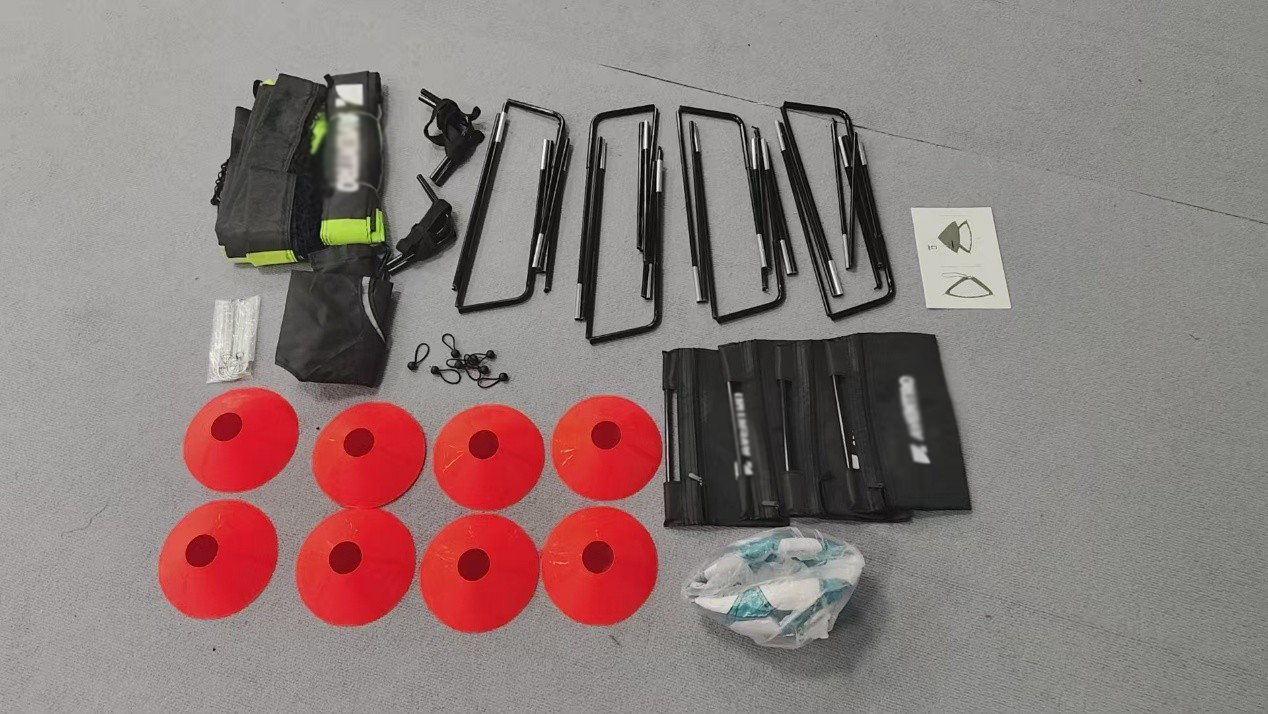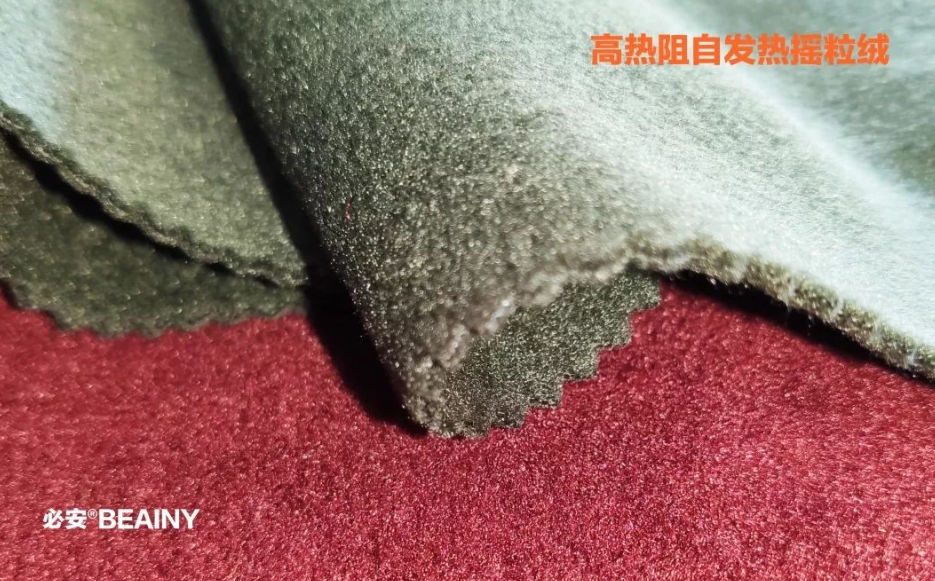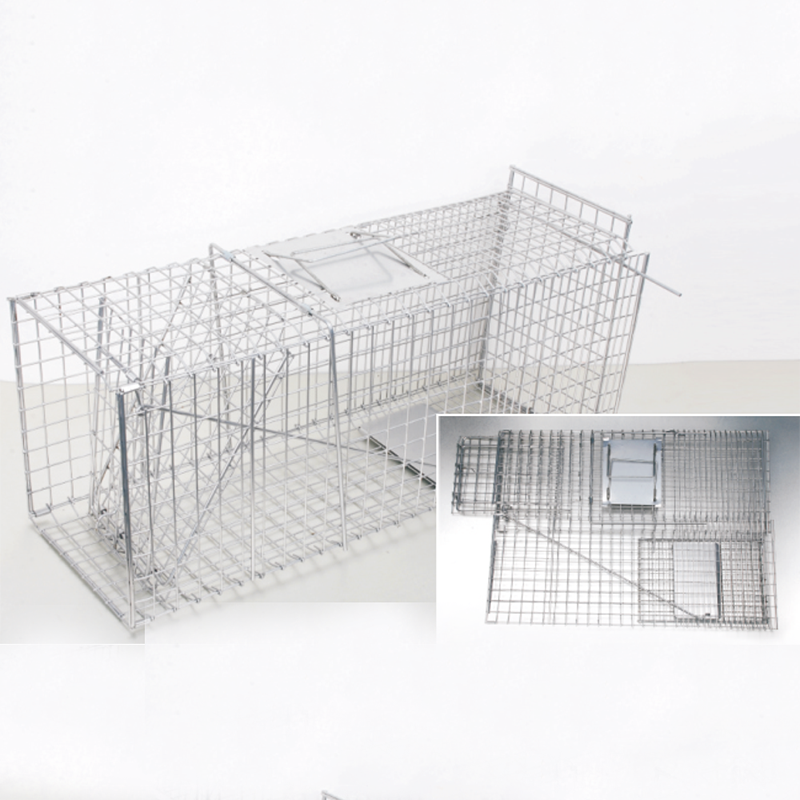Electric heating tape is a device that can prevent pipes from freezing through heating. It is widely used in industrial, civil and special fields. In sulfuric acid pipelines, the application of electric heating tape can provide effective heating and insulation to prevent the crystallization and solidification of sulfuric acid. The following introduces the specific application of electric heating tape in sulfuric acid pipelines.
Sulfuric acid is a highly corrosive chemical that is susceptible to crystallization or solidification due to temperature changes during pipeline transportation. This can lead to pipe blockage, reduced flow or even rupture, posing a serious threat to production and safety. As an effective pipeline heating device, electric heating tape can provide stable heating and solve the freezing problem of sulfuric acid pipelines.

The working principle of electric heating tape is to convert electrical energy into heat energy through resistance heating. Electric heating tape is usually composed of conductive and insulating materials and is installed on the surface of the pipe or wrapped around the pipe. When electric current passes through the electric heating tape, the conductive material will generate heat, which is transferred to the pipeline through the insulating material, thereby keeping the sulfuric acid in the pipeline in a liquid state.
When applying electric heating tape in sulfuric acid pipelines, the following aspects need to be considered:
1.Pipe material: Sulfuric acid is highly corrosive, so corrosion-resistant pipe materials need to be selected, such as stainless steel, plastic, etc. When selecting electric heating tape, you also need to consider its compatibility with the pipe material to avoid corrosion or damage.
2. Type of electric heating tape: Select the appropriate type of electric heating tape according to the length, diameter and heating requirements of the pipe. Common types of electric heating tapes include self-regulating heating tapes, constant power heating tapes, and mineral insulated heating tapes. The self-regulating heating tape can automatically adjust the heating power according to the ambient temperature, the constant power heating tape provides stable heating power, and the mineral insulated heating tape has good corrosion resistance and high temperature performance.
3. Installation method: The installation method of electric heating tape should be selected according to the layout and requirements of the pipeline. Common installation methods include linear installation, winding installation and spiral installation. When installing the electric heating tape, ensure that the electric heating tape is in close contact with the pipe surface to improve heating efficiency.
4. Temperature control: In order to ensure the safe operation of sulfuric acid pipelines, the temperature of the electric heating tape needs to be controlled. A temperature controller or temperature sensor can be used to monitor and control the temperature of the electric heating tape to avoid overheating or uneven temperatures.
5. Safety protection: Sulfuric acid is corrosive and dangerous, so corresponding safety protection measures need to be taken when using electric heating tape. For example, install leak-proof seals at pipe joints to ensure that sulfuric acid does not leak. At the same time, warning signs and safety protection facilities should be set up to remind personnel to pay attention to safety.
In general, the application of electric heating tape in sulfuric acid pipelines can provide effective heating and insulation and prevent the crystallization and solidification of sulfuric acid. When selecting and applying electric heating tapes, factors such as pipe material, type of electric heating tape, installation method, temperature control and safety protection need to be considered.

 English
English Español
Español Português
Português русский
русский français
français 日本語
日本語 Deutsch
Deutsch Tiếng Việt
Tiếng Việt Italiano
Italiano Nederlands
Nederlands ไทย
ไทย Polski
Polski 한국어
한국어 Svenska
Svenska magyar
magyar Malay
Malay বাংলা
বাংলা Dansk
Dansk Suomi
Suomi हिन्दी
हिन्दी Pilipino
Pilipino Türk
Türk Gaeilge
Gaeilge عربى
عربى Indonesia
Indonesia norsk
norsk اردو
اردو čeština
čeština Ελληνικά
Ελληνικά Українська
Українська Javanese
Javanese فارسی
فارسی தமிழ்
தமிழ் తెలుగు
తెలుగు नेपाली
नेपाली Burmese
Burmese български
български ລາວ
ລາວ Latine
Latine Қазақ
Қазақ Euskal
Euskal Azərbaycan
Azərbaycan slovenský
slovenský Македонски
Македонски Lietuvos
Lietuvos Eesti Keel
Eesti Keel Română
Română Slovenski
Slovenski मराठी
मराठी Српски
Српски 简体中文
简体中文 Esperanto
Esperanto Afrikaans
Afrikaans Català
Català עִברִית
עִברִית Cymraeg
Cymraeg Galego
Galego 繁体中文
繁体中文 Latvietis
Latvietis icelandic
icelandic יידיש
יידיש Беларус
Беларус Hrvatski
Hrvatski Kreyòl ayisyen
Kreyòl ayisyen Shqiptar
Shqiptar Malti
Malti lugha ya Kiswahili
lugha ya Kiswahili አማርኛ
አማርኛ Bosanski
Bosanski Frysk
Frysk ជនជាតិខ្មែរ
ជនជាតិខ្មែរ ქართული
ქართული ગુજરાતી
ગુજરાતી Hausa
Hausa Кыргыз тили
Кыргыз тили ಕನ್ನಡ
ಕನ್ನಡ Corsa
Corsa Kurdî
Kurdî മലയാളം
മലയാളം Maori
Maori Монгол хэл
Монгол хэл Hmong
Hmong IsiXhosa
IsiXhosa Zulu
Zulu Punjabi
Punjabi پښتو
پښتو Chichewa
Chichewa Samoa
Samoa Sesotho
Sesotho සිංහල
සිංහල Gàidhlig
Gàidhlig Cebuano
Cebuano Somali
Somali Точик
Точик O'zbek
O'zbek Hawaiian
Hawaiian سنڌي
سنڌي Shinra
Shinra հայերեն
հայերեն Igbo
Igbo Sundanese
Sundanese Lëtzebuergesch
Lëtzebuergesch Malagasy
Malagasy Yoruba
Yoruba









